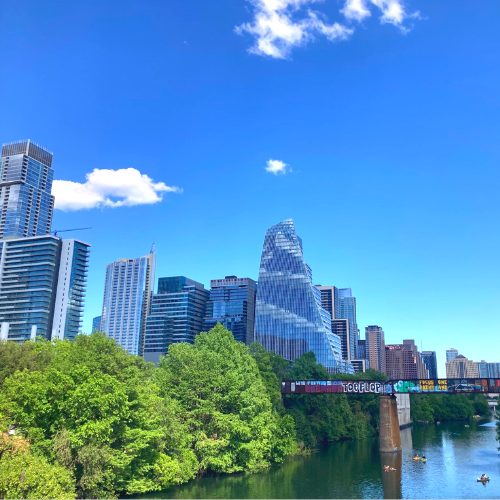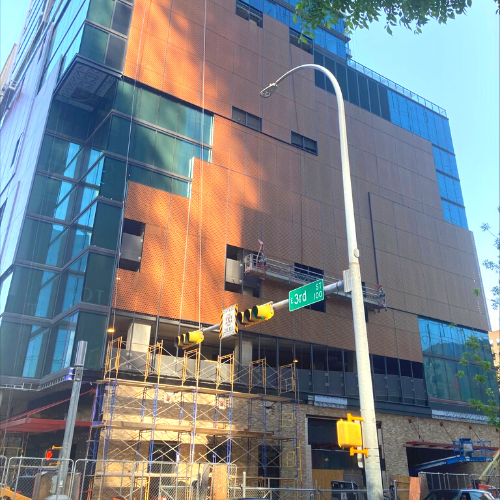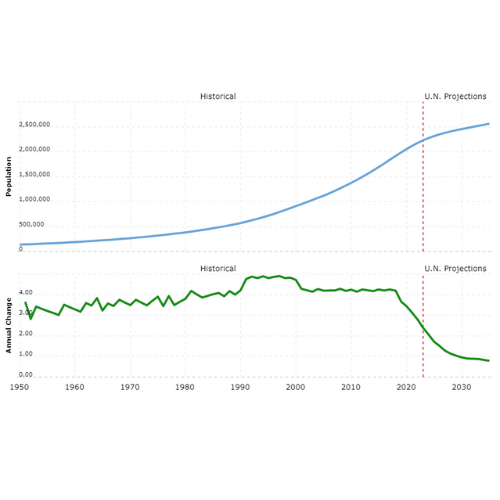Austin, Texas has experienced a significant amount of growth in the past decade or so, particularly in the areas of downtown, Rainey Street, and the east side of town. In this blog post, we will explore the recent growth of Austin, its changing demographics, and the impact of new industries on the city.
Downtown Austin
Downtown Austin has seen an incredible transformation in recent years, with new high-rise buildings and mixed-use developments springing up all over the area. These developments are largely a result of increased demand for urban living and working spaces. As of 2021, downtown Austin has over 11,000 residential units, with an additional 6,000 units currently under construction or in the planning stages.
Rainey Street
Rainey Street, a once quiet residential area, has become a bustling entertainment district in recent years. The street is now home to many popular bars, restaurants, and live music venues, making it a popular destination for both locals and tourists. The growth of Rainey Street has led to an increase in property values and new development in the area.
Image Courtesy: Tim Davis
East Side of Austin
The east side of Austin has also experienced a significant amount of growth in recent years. This area, which was once largely ignored by developers, is now home to many new businesses, restaurants, and residential developments. The growth of the east side is largely due to its close proximity to downtown, as well as its affordability compared to other parts of the city.
Demographic Changes
Austin's changing demographics have also played a role in the city's growth. The city has become increasingly diverse, with a growing population of young professionals, entrepreneurs, and tech workers. In recent years, Austin has also seen an influx of residents from other states, particularly California. As of 2021, Austin's population is estimated to be over 1 million, with projections showing that it could reach 2.3 million by 2040.
The growth of new industries such as Tesla, Google, and other tech companies has also had a significant impact on the growth of Austin. These companies have brought a large number of high-paying jobs to the city, which has led to an increase in demand for housing and other services.
Conclusion
Austin, Texas has experienced a significant amount of growth in the past decade or so, particularly in the areas of downtown, Rainey Street, and the east side of town. The city's changing demographics, as well as the growth of new industries, have played a significant role in its growth. Looking to the future, Austin has several major projects planned that are expected to further diversify and expand the growth of the city. One of the most notable is the development of the Austin MetroRail, a new commuter rail system that will connect the city's downtown area with its suburbs. The city also has plans to invest in new infrastructure projects, such as new roads and bridges, to accommodate its growing population.
More to Read:
https://www.newyorker.com/magazine/2023/02/13/the-astonishing-transformation-of-austin




